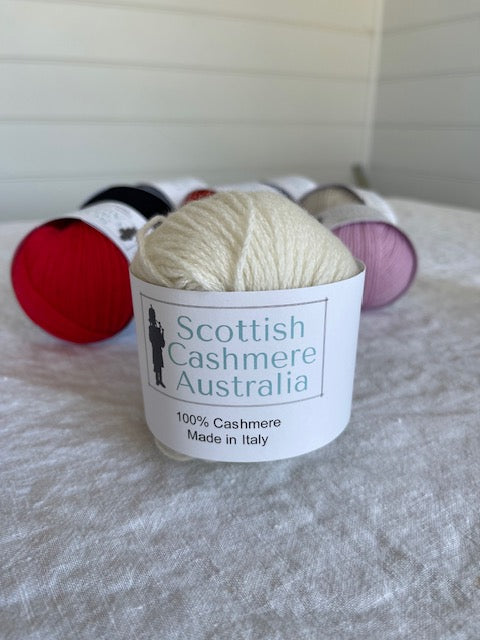Understanding the Special Qualities of cashmere fibre for Unmatched Comfort
Exploring the Various Types of Cashmere an All-natural Fiber for Ultimate Deluxe
Cashmere, an all-natural fiber, is commonly linked with deluxe and comfort. Not all cashmere is produced equivalent. From the richly soft Mongolian selection to the lightweight heat of Indian Pashmina, each type provides its own one-of-a-kind functions and appeal. The extra inexpensive Chinese cashmere, the traditional Scottish variation, and the high-end Italian mix, all tell a various tale of this amazing fiber. As we decipher the world of cashmere, a much deeper understanding of its true worth and elegance starts to emerge.
Understanding the Glamorous Nature of Cashmere
Cashmere, usually associated with luxury and convenience, holds an unique appeal in the globe of all-natural fibers. Unlike various other natural fibers, cashmere combines insulation with breathability, providing unequaled comfort across varying temperatures. Its lustrous coating and soft texture contribute to its premium charm, validating the costs rate that frequently comes with cashmere garments.
Just What Is Cashmere and Where Does It Originate from?

Given these outstanding qualities, one may question the beginning and make-up of this luxurious fiber. Cashmere is stemmed from the soft undercoat of cashmere goats, primarily found in Mongolia, China, Iran, and Afghanistan - is cashmere a natural fiber. These goats are adjusted to severe climatic conditions, creating an extremely great, soft underfur as a defense against the bitter cold. This underfur, or undercoat, is what is gathered for cashmere. Each springtime, when the goats normally lost their winter season layer, farmers brush out the fine underhair, leaving the coarser hair behind. This meticulous procedure adds to the shortage and high cost of cashmere. With its origin in the rough landscapes of Asia, cashmere is a testament to nature's capacity to create deluxe from hardship.
Translating the Various Sorts Of Cashmere
Understanding the different kinds of cashmere is essential to valuing the top quality and distinct attributes of this extravagant textile. Generally, cashmere is classified into three kinds: raw, virgin, and reused. Raw cashmere is directly acquired from the goat and is unprocessed. This kind commonly has pollutants such as dirt and coarse hair. Virgin cashmere, on the other hand, is the pure, unrecycled material that is rotated right into thread for the initial time. It is the softest and most luxurious. Ultimately, recycled cashmere is click for source made from virgin material that has actually been formerly made use of. It is re-spun and utilized in creating lower-cost cashmere products. Translating these kinds is the very first step in understanding the exclusivity and value of cashmere.

The Unique Characteristics of Each Kind of Cashmere
Having checked out the different classifications of cashmere, it emerges that each kind boasts its unique set of characteristics. Mongolian cashmere, for example, is renowned for its exceptional quality, as a result of Mongolia's severe winters that produce longer and finer visite site fibers. On the other hand, Chinese cashmere is often more economical, though its shorter fibers can decrease durability. Scottish cashmere is celebrated for its beautiful softness, a result of the typical water cleaning process making use of Scotland's soft water. Italian cashmere, meanwhile, is popular for its skillful mixing and coloring techniques, providing it flexible and dynamic. Indian cashmere, also recognized as Pashmina, is valued for its unbelievable agility and heat. Each kind, thus, adds to the material's online reputation for high-end.
Why Cashmere Is the Epitome of Deluxe in Style
Cashmere holds an esteemed position in the world of fashion, concerned as an icon of high-end and refinement (is cashmere a natural fiber). Cashmere is derived from the great undercoat of Himalayan goats, known for their superior top quality fiber. Cashmere's unparalleled convenience and sturdiness make it a sought-after product in the production of high-end garments.
The Refine of Making Cashmere: From Goat to Garment
The journey of cashmere, from being an undercoat of a Himalayan goat to a glamorous garment, is a complex one. With the development of springtime, farmers in Mongolia and China gather the woollen by combing click here to read the goats, guaranteeing no injury is done. The acquired wool is composed of coarse outer hair and soft downy undercoat. This blend is then meticulously separated, with just the soft down used for cashmere. This raw cashmere is cleaned, colored and spun right into thread. The thread is after that woven or knitted into materials. The last step involves cleaning and pressing to offer the material its particular softness and heat. From goat to garment, each step is a testament to the patience, ability and artistry entailed in crafting cashmere.

Final Thought
To conclude, cashmere, with its natural sophistication and unmatched convenience, rules supreme in the globe of deluxe style. The diversity in types, ranging from the soft Mongolian, light-weight Indian Pashmina, economical Chinese, typical Scottish, to the vibrant Italian, discloses the flexibility of this all-natural fiber. The meticulous process of changing it from a goat to a garment even more includes to its exclusivity, making cashmere the embodiment of class and luxury.
Cashmere, a natural fiber, is usually linked with high-end and convenience (is cashmere a natural fiber).Cashmere, typically associated with luxury and convenience, holds an unique appeal in the globe of all-natural fibers. Unlike various other natural fibers, cashmere combines insulation with breathability, supplying unequaled convenience across differing temperature levels. Cashmere is acquired from the soft undercoat of cashmere goats, mostly found in Mongolia, China, Iran, and Afghanistan. Cashmere is derived from the fine undercoat of Himalayan goats, understood for their premium quality fiber